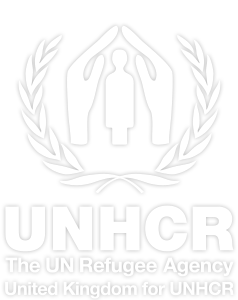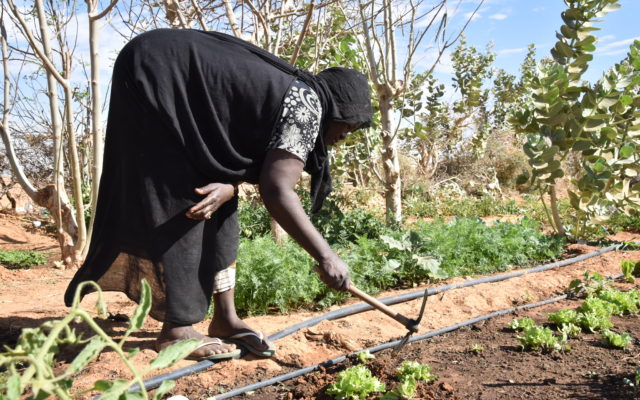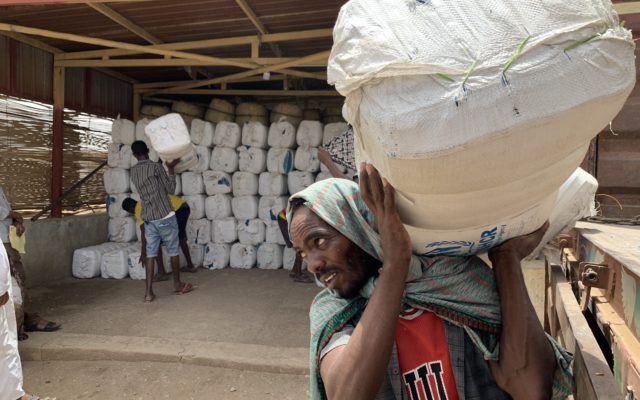Going ‘greener’ at UNHCR
UNHCR is going green and stepping up its efforts to reduce greenhouse gas emissions and minimise negative impacts on the environment.
Climate change is the defining crisis of our time and has a disproportionate impact on people in vulnerable situations, including refugees and displaced families. That’s why UNHCR is doing everything it can to make its operations as environmentally sustainable as possible and to protect the livelihoods, health and futures of displaced populations all over the world. So how is UNHCR going green, exactly?
Alongside its law and policy work to improve protection for refugees and those displaced in the context of climate change, UNHCR is committed to reducing its own environmental footprint across field operations and offices.
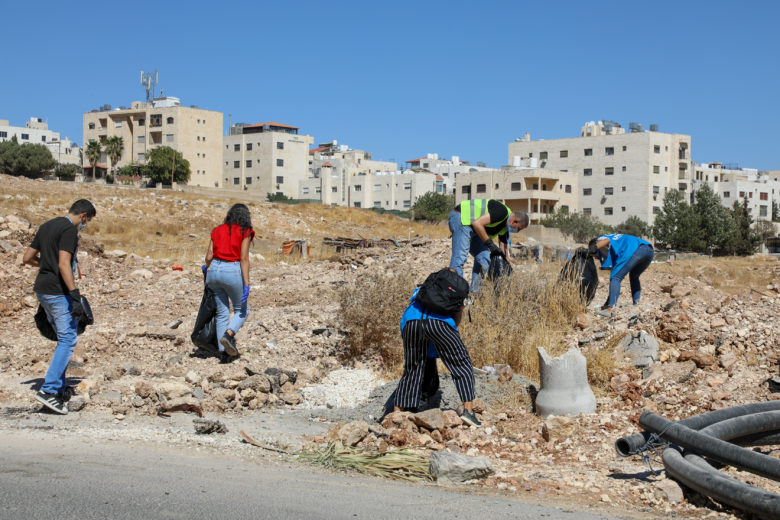
UNHCR going green: to mark World Clean Up day, UNHCR Jordan staff collected over 175kg from trash from around the UNHCR office in Amman.
In terms of carbon emissions, UNHCR has been offsetting its entire carbon footprint since 2018 and will continue to do so in the years ahead. It also aims to reduce its carbon footprint by at least 45% by 2030. UNHCR has been implementing clean energy solutions for its field offices and staff accommodation, replacing diesel generators and working to reduce transport emissions.
In addition, environmental considerations are an integral part of UNHCR’s procurement process, prioritizing goods and suppliers that minimize negative impact on the environment, are sustainable across their entire life cycle and come from suppliers who operate in a sustainable manner.
UNHCR is also improving its sustainability monitoring through the Environmental Inventory, which gathers data on carbon emissions, waste production and water use.
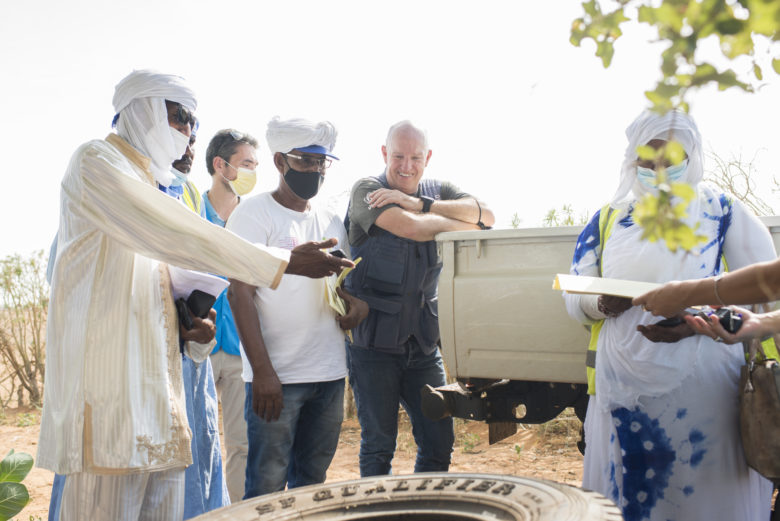
UNHCR’s Special Advisor on Climate Action, Andrew Harper, visits a community water purification initiative in Mbera camp for Malian refugees in Mauritania.
Becoming more environmentally friendly is an ongoing challenge. But the changes made so far show that ‘green’ policy and behavioural change are possible – and that these changes can be made whilst maintaining full operational capacity and continuing to meet the needs of refugees and host communities around the world.
For more information, see UNHCR’s Strategic Framework for Climate Action
